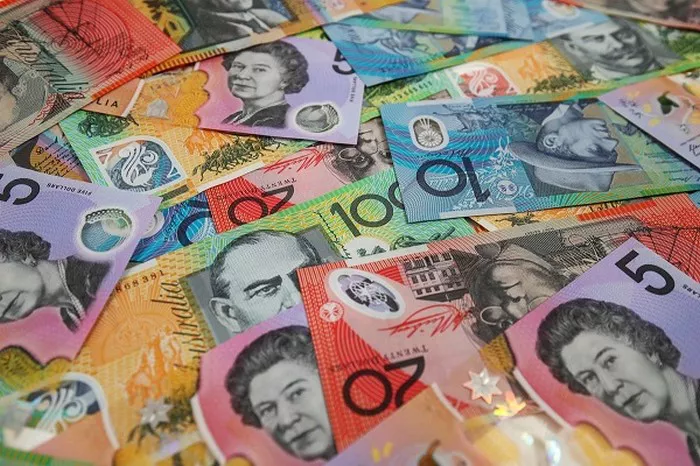AUD/JPY briefly tested above 95.00 during the Asian session before turning lower and seeing a sharp sell-off during the European session on Monday. Risk aversion increased across financial markets, leading to increased risk aversion in the yen, while traders cut exposure to the high-yielding Australian dollar.
AUD/JPY fell five big figures to a 15-month low of 90.16 as flows to safety intensified, before quickly rebounding to around 92.00, where it is currently hovering. Despite gains against the yen, the Australian dollar is still down nearly 4% on the day.
Axios reported, citing three sources, that markets adopted a “sell everything” mode after U.S. Secretary of State Antony Blinken said on the sidelines of the G7 meeting on Sunday that Iran and Hezbollah could launch attacks on Israel as early as Monday. , because they feel an Iran-Israel war is imminent.
In addition, the weak U.S. employment report released on Friday heightened market concerns about a U.S. economic recession. Rising tensions in the Middle East and the risk of a looming US recession have fueled strong risk aversion, providing additional support for the yen’s surge, shattering AUD/JPY, known as a risk barometer.
Differences in the monetary policy outlook between the U.S. Federal Reserve (Fed) and the Bank of Japan (BoJ) also continued to support the yen.
Meanwhile, China’s Caixin Services Purchasing Managers’ Index (PMI) jumped to 52.1 in July from 51.2 in June. However, the Australian dollar succumbed to bearish pressure as demand for safe assets continued unabated, putting additional downward pressure on the AUD/JPY cross.
Looking ahead, traders will be keeping a close eye on any developments on the geopolitical front in the Middle East, as Iran is expected to attack Israel in the next 24 to 48 hours. Additionally, the pair awaits Tuesday’s policy announcement from the Reserve Bank of Australia (RBA) for fresh directional impetus.


